Introduction
In the vast culinary landscape, where every ingredient holds a unique story and flavor, dried Chenopodium album, commonly known as lamb’s quarters or fat hen, stands out as a versatile and nutritious addition to any meal. This resilient plant, often found growing wild in fields and gardens, has been a staple in many cultures for centuries due to its high nutritional value and adaptability in various dishes. From soups and salads to stir-fries and baked goods, dried Chenopodium album can elevate the simplest of meals into culinary delights. However, transforming this humble weed into a gourmet treat requires a blend of knowledge, technique, and creativity. This article aims to guide you through the journey of mastering the art of making delicious dried Chenopodium album, from sourcing and preparing the plant to cooking and presenting it in ways that will delight your taste buds and impress your guests.
Section 1: Understanding Chenopodium Album
Before diving into the culinary aspects of Chenopodium album, it’s crucial to understand what this plant entails. Chenopodium album belongs to the Amaranthaceae family, a group of plants known for their leafy greens and seeds. It is a fast-growing annual that thrives in a variety of soil conditions and climates, making it a common sight in agricultural fields, roadsides, and even urban gardens. The leaves are triangular or oval in shape, with a slightly rough texture and a mild, nutty flavor when cooked.
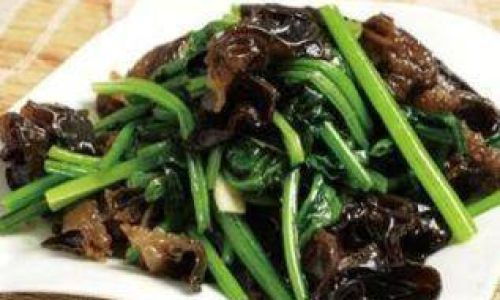
Nutritionally, Chenopodium album is a powerhouse. It is rich in vitamins A, C, and K, as well as minerals like iron, calcium, and magnesium. Its high fiber content aids in digestion, while its antioxidants support overall health. Despite its nutritional benefits and culinary potential, Chenopodium album is often overlooked, leading to a missed opportunity for culinary exploration.
Section 2: Sourcing and Harvesting Chenopodium Album
The first step in making delicious dried Chenopodium album is sourcing fresh, high-quality leaves. Ideally, you should harvest the plant during its early stages of growth, when the leaves are tender and flavorful. Avoid plants that appear wilted, yellowed, or have been damaged by pests or diseases.
Harvesting should be done on a dry day to minimize the risk of mold and bacteria growth. Use clean, sharp scissors or pruning shears to cut the leaves just above the stem, ensuring you don’t damage the plant’s ability to regrow. Collecting only the top few leaves encourages the plant to produce more, allowing for multiple harvests throughout the season.
Once harvested, rinse the leaves thoroughly under cold running water to remove any dirt, debris, or insects. Pat them dry using a clean kitchen towel or let them air-dry on a clean surface. It’s important to dry the leaves as quickly as possible to prevent spoilage.
Section 3: Drying Chenopodium Album
Drying Chenopodium album is a crucial step in preserving its flavor and nutritional value. There are several methods to choose from, each with its own set of pros and cons.
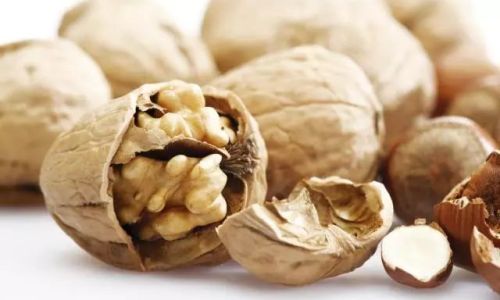
Air-Drying:
The simplest and most traditional method is air-drying. Spread the cleaned and patted-dry leaves in a single layer on a clean, dry surface such as a baking sheet or drying rack. Place the rack in a well-ventilated area away from direct sunlight to prevent bleaching of the leaves. Depending on the humidity and temperature, air-drying can take several days to a week. Once the leaves are brittle and crumbly, they are ready for storage.
Dehydrator:
For a faster and more controlled drying process, a food dehydrator is an excellent choice. Preheat the dehydrator to its lowest setting, usually around 95°F (35°C). Spread the leaves in a single layer on the dehydrator trays, making sure they are not overlapping. Dehydrate for 4-8 hours, checking every few hours to ensure the leaves are not over-dried. Over-dried leaves can lose their flavor and become too brittle to use.
Oven-Drying:
If you don’t have a dehydrator, your oven can serve as a suitable alternative. Preheat the oven to its lowest setting, typically around 150°F (65°C). Spread the leaves in a single layer on baking sheets and place them in the oven. Prop the oven door open slightly with a wooden spoon to allow moisture to escape. Oven-drying can take 2-4 hours, depending on the oven’s efficiency and the amount of leaves being dried. As with the dehydrator method, monitor the leaves closely to prevent over-drying.
Once the leaves are fully dried, store them in an airtight container in a cool, dark place. Properly stored, dried Chenopodium album can last for several months to a year.
Section 4: Cooking with Dried Chenopodium Album
The versatility of dried Chenopodium album lies in its ability to be incorporated into a wide range of dishes. Here are some delicious recipes and cooking tips to inspire your culinary creativity.
Rehydrating:
Before using dried Chenopodium album in recipes, it’s essential to rehydrate it. This can be done by soaking the leaves in hot water for about 10-15 minutes or until they regain their pliability. Drain and pat the leaves dry before using them in your recipes.

Soup and Stew:
Dried Chenopodium album adds a nutty, earthy flavor to soups and stews. Simply rehydrate the leaves, chop them finely, and add them to your favorite soup or stew recipe during the last 10-15 minutes of cooking. The leaves will soften and blend seamlessly into the dish, enhancing its overall flavor and texture.
Salads:
For a unique salad experience, try incorporating rehydrated Chenopodium album leaves into your salad mix. Their mild flavor pairs well with a variety of dressings, cheeses, and nuts. For added texture and flavor, consider toasting some of the dried leaves lightly in a pan before rehydrating them. The toasted leaves will add a delightful crunch and nutty aroma to your salad.
Stir-Fries and Sautées:
Dried Chenopodium album is an excellent addition to stir-fries and sautéed dishes. Rehydrate the leaves, chop them into bite-sized pieces, and sauté them with garlic, onions, and your choice of protein or vegetables. The leaves will absorb the flavors of the other ingredients, creating a harmonious and delicious dish.
Baked Goods:
Incorporate dried Chenopodium album into your baking recipes for a nutritious and flavorful twist. Grind the dried leaves into a fine powder using a blender or food processor and use it as a substitute for a portion of the flour in your recipes. The powder adds a subtle nutty flavor and a boost of nutrients to breads, cakes, and cookies.
Pickles and Preserves:
For a preserved option, try making pickled Chenopodium album. Rehydrate the leaves, pack them into clean jars, and cover them with a vinegar-based brine. Add spices and herbs for extra flavor, and let the jars sit at room temperature for a few days before transferring them to the refrigerator. Pickled Chenopodium album can be enjoyed as a tangy condiment or used in salads and sandwiches.
Section 5: Presentation and Serving Tips
Presentation is key to elevating any dish from good to great. When serving dishes featuring dried Chenopodium album, consider the following tips to enhance their visual appeal and overall dining experience:
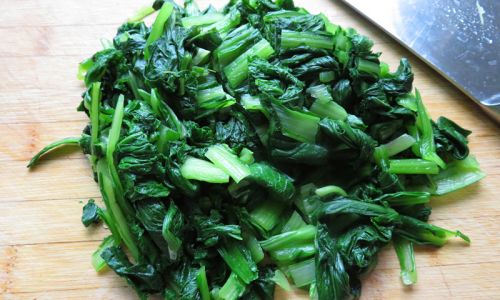
Garnishing:
Use rehydrated Chenopodium album leaves as a garnish to add a pop of color and texture to your dishes. Finely chop the leaves and sprinkle them over soups, salads, or grilled meats for a fresh, nutty finish.
Plating:
When plating dishes, arrange the ingredients thoughtfully to highlight the dried Chenopodium album. Use contrasting colors and textures to create visual interest and draw attention to the unique flavors of the leaves.
Storytelling:
Share the story of Chenopodium album with your guests. Explain its nutritional benefits, culinary versatility, and the effort that went into sourcing, drying, and preparing the leaves. This will add a personal touch to your meal and create a memorable dining experience.
Conclusion
Mastering the art of making delicious dried Chenopodium album is a rewarding culinary journey that combines knowledge, technique, and creativity. From sourcing and harvesting the plant to drying, cooking, and presenting it in various dishes, each step is an opportunity to explore and innovate. By following the guidelines and recipes outlined in this article, you can transform this humble weed into a gourmet treat that will delight your taste buds and impress your guests. So, the next time you spot Chenopodium album growing wild, consider harvesting it and embarking on your own culinary adventure. Happy cooking!

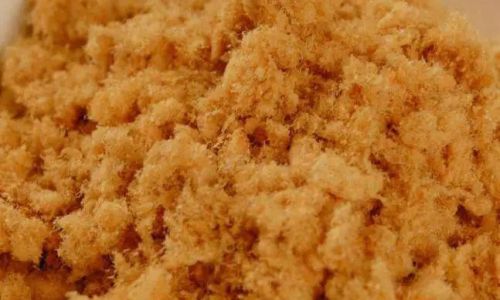


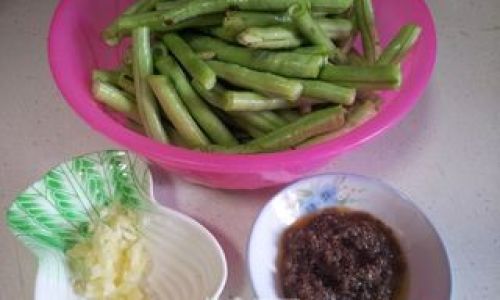
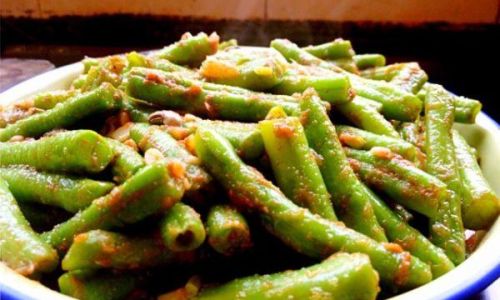
0 comments